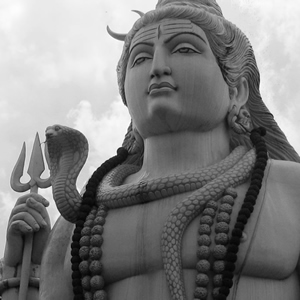The second of the four phases (Purushartha) of a man, when a person gets married and settles down in life and begets children. Grihastha (Sanskrit: gr̥hastha) literally means "being in and occupied with home, family" or "householder". It refers to the second phase of an individual's life in a four age-based stages of the Hindu ashram system. It follows Brahmacharya (bachelor student) life stage, and embodies a married life, with the duties of maintaining a home, raising a family, educating one's children, and leading a family-centred and a dharmic social life.
This stage of Ashrama is conceptually followed by Vanaprastha (forest dweller, retired) and Sannyasa (renunciation). Combined with other three life stages, Hindu philosophy considers these stages as a facet of Dharma concept, something essential to completing the full development of a human being and fulfilling all the needs of the individual and society.
Ancient and medieval era texts of Hinduism consider Grihastha stage as the most important of all stages in sociological context, as human beings in this stage not only pursue a virtuous life, they produce food and wealth that sustains people in other stages of life, as well as the offsprings that continues mankind. The householder stage is also considered in Indian philosophy as one where the most intense physical, sexual, emotional, occupational, social and material attachments exist in a human being's life.
In Indian traditions, Grihastha stage of life is a recommendation, but not a requirement. Any Brahmacharya may, if he or she wants, skip householder and retirement stage, go straight to Sannyasa stage of life, thereby renouncing worldly and materialistic pursuits and dedicating their lives to spiritual pursuits.





